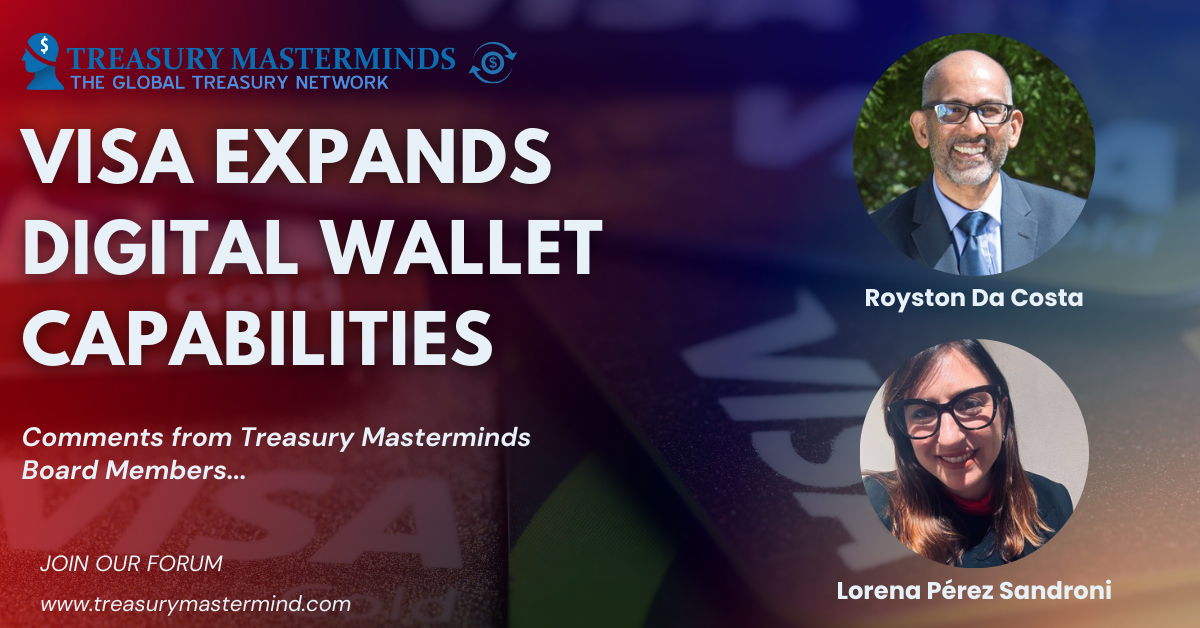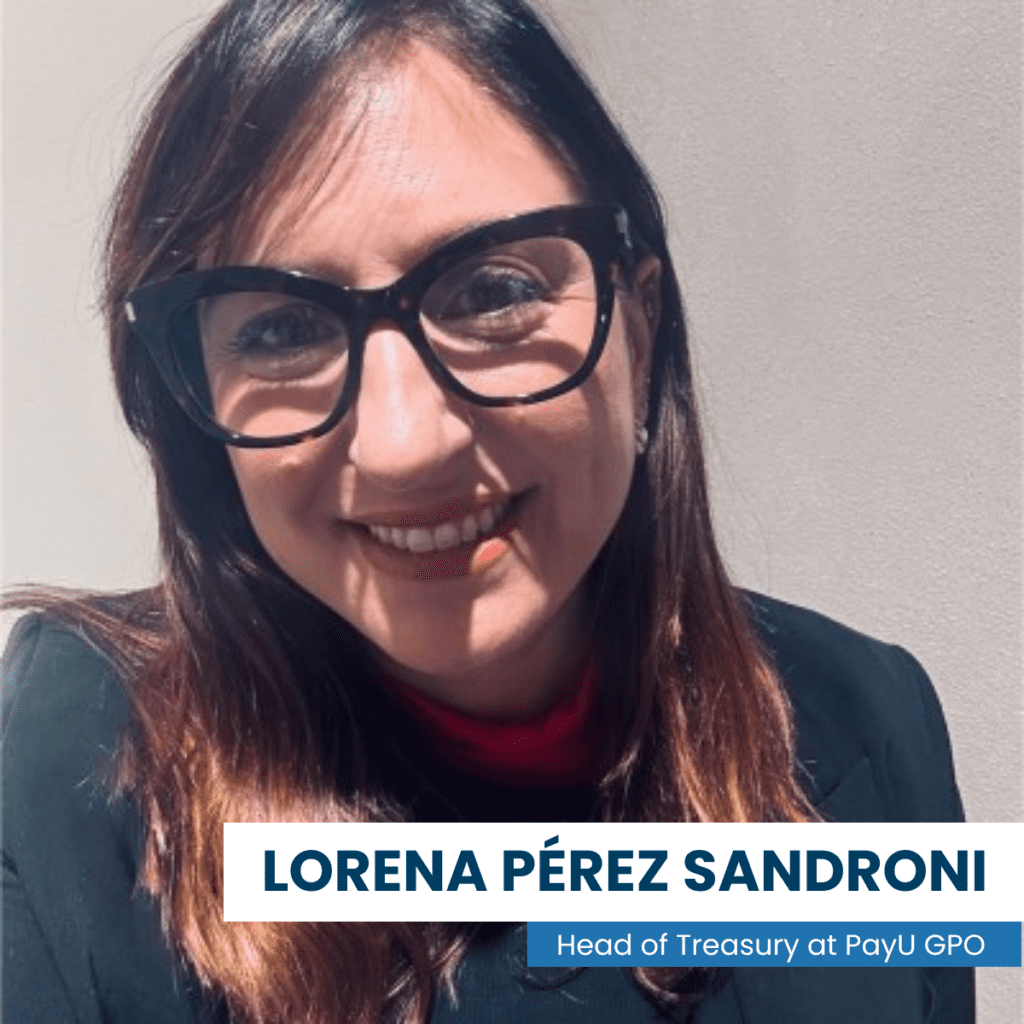
Visa has recently expanded its digital wallet landscape, focusing on seven key payment methods to enhance security, convenience, and integration within its ecosystem. Here’s a detailed explanation of these methods:
Recommended Reading:
- AI Tools and Platforms for Financial Analysis
- CNBC article discusses the growing concerns about the United States
1. Tokenization
This method replaces sensitive payment information, such as credit card numbers, with a unique digital identifier or token. This token can be used to process payments without exposing the actual card details, significantly reducing the risk of fraud. Visa’s implementation of tokenization is designed to protect user data during online and mobile transactions, making it a cornerstone of their digital wallet security strategy.
2. Virtual Cards
Visa has integrated virtual card technology into its digital wallet offerings, especially for business-to-business (B2B) transactions. Virtual cards are digital versions of physical cards that can be used for secure and controlled payments. They are particularly useful for corporate expenses, allowing businesses to manage and track spending more efficiently. The expansion of Visa Commercial Pay, which includes these virtual card solutions, highlights Visa’s commitment to modernizing B2B payments.

3. Biometric Authentication
Visa is leveraging biometric technology, such as fingerprint and facial recognition, to enhance security and user convenience. This form of authentication ensures that only the authorized user can access and use their digital wallet, providing a higher level of security compared to traditional passwords or PINs.
4. Mobile Wallet Integration
Visa has expanded its digital wallet capabilities to integrate with popular third-party mobile wallets like Apple Pay and Google Pay. This integration allows users to store their Visa cards in these wallets and make payments using their smartphones. This seamless integration increases convenience and broadens the use of Visa’s digital payment solutions.
5. Contactless Payments
Visa supports contactless payment methods, which allow users to make transactions by simply tapping their card or mobile device near a payment terminal. This method is quick, secure, and particularly useful in environments where speed is essential, such as public transportation or retail stores. The adoption of contactless payments has surged, driven by consumer demand for faster and safer payment options during the pandemic.
6. Cross-border Payments
Visa is enhancing its capabilities to facilitate cross-border transactions, making it easier for users to make international payments. This includes optimizing exchange rates and reducing fees, thus providing a more seamless and cost-effective solution for global transactions. Visa’s efforts in this area aim to support the growing need for international e-commerce and global business operations.
7. Embedded Finance
Visa is integrating financial services into non-financial platforms through embedded finance. This means that payment capabilities are built directly into various digital platforms, such as ride-sharing apps or e-commerce websites, allowing users to make payments within the app without needing to switch to a separate payment service. This integration streamlines the user experience and increases the efficiency of transactions.
Based on these payment innovations introduced by Visa, we thought it would be valuable to get perspectives from Treasury professionals Royston and Lorena, who are also Treasury Mastermind Board members.
Q: What is the impact of these new advancements on treasury? Which methods do you see as most relevant and impactful for treasurers? Should treasurers take action now on any of these? How about fraud?

Royston Da Costa, Assistant Treasurer at Ferguson, Comments
Apart from the first point, Tokenization (and that appears mainly for Consumers), there is nothing new in what Visa is proposing! There are a number of digital wallets already offering these services and some even offer virtual bank accounts…!
In terms of the questions you asked:
Fraud – any initiative offering greater security will be most welcome by most Treasurers, and this should be the aim for ALL Financial institutions i.e. not a nice to have for Corporate but a necessity!
Most attractive to Treasury:
(i) Virtual cards are a huge hit, especially for our business in the US;
(ii) Embedded Finance could prove quite promising especially for our customers wishing to pay us using our online platform.

Lorena Pérez Sandroni, Head of Treasury at PayU GPO, Comments
Indeed, I agree with Royston comments, we saw VISA publications and I like to see as many times as possible for them to cover the services we do have partnerships with them. However, we can’t treat this publication as something innovative or making the impression is VISA the pioneer, the products are developed and being offered already.
Regarding Fraud initiative comment , the upcoming change in regulations is supposed to take all Fintech companies to make sure the data is secure (PSD3), however as Royston pointed out it is a must.
Join our Treasury Community
Treasury Masterminds is a community of professionals working in treasury management or those interested in learning more about various topics related to treasury management, including cash management, foreign exchange management, and payments. To register and connect with Treasury professionals, click [HERE] or fill out the form below to get more information.